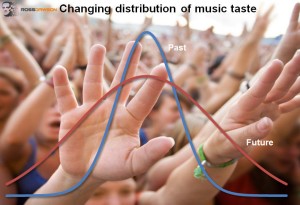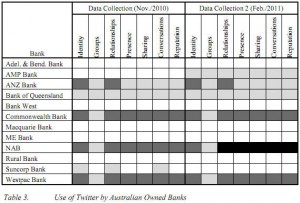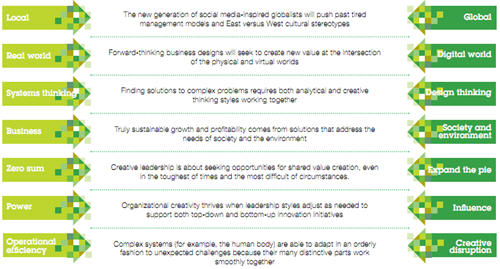Keynote: Creating the future of retail shopping precincts: The Power of Community and Uniqueness
Tomorrow morning I will give the keynote at Mainstreet Australia conference on the topic of Creating the Future of Business.
My slides are below. The usual caveat applies – the slides are designed to accompany my presentation and not to stand alone.
While the title of the presentation is Creating the Future of Business, it has been tailored to the conference audience, so after a more general introduction on the driving forces of business, the presentation is really about the future of retail shopping precincts. Here are some of the points I will be making in my keynote.
Read more →



